




Over the course of the last three months (October – November 2016), Senegal, Mali, Burkina Faso, Niger, Guinea and Togo launched their Minamata Initial Assessment (MIA) projects, with the assistance of UNITAR’s Chemicals and Waste Management Programme (CWM). The projects are funded by the Global Environmental Facility (GEF) and implemented by the United Nations Industrial Development Organization (UNIDO). With the launch of the MIA projects, the six Francophone West-African countries committed to reduce their populations’ exposure to mercury, a global threat to human health and the environment.
The Minamata Convention on Mercury was adopted on 10 October 2013 at a Diplomatic Conference held in Kumamoto, Japan, as a global treaty to protect human health and the environment from anthropogenic emissions and releases of mercury and mercury compounds. All six countries are signatories to the Convention, and Burkina Faso, Mali, Senegal, Guinea and Benin have recently ratified it. The overall objective of the Initial Assessment approach is to assist developing countries by informing policy and strategic decision-making about priority areas for future intervention, which will enable them to implement the Minamata Convention.
The MIA projects were launched with one-day inception and one-day inventory workshops, which included representatives from key ministries, civil society, academia, and the private sector. During the first workshop, the participants established national coordination mechanisms responsible for decision-making, as well as working groups in charge of technical support for the various activities. During the second workshops, the national inventory experts and UNITAR jointly raised awareness among national stakeholders about the upcoming national mercury inventories. Participants learned, among other things, about: 1) various source categories of mercury emissions and releases; 2) how to interpret & where to find data for each sector; and 3) how to use the excel template. Building on a technical training for the use of the UNEP Mercury Inventory Toolkit (which was delivered to representatives of the respective countries in July 2016 in Barcelona, Spain), this training resulted in initial data for source categories of mercury emissions. Mercury emissions were collected from representatives of relevant national industry sectors present at the training. In Guinea, the technical and inventory trainings were combined in one extensive inventory training.
With the wide coverage of the workshops by national media outlets, they have succeeded in raising awareness among the population about the detrimental effects of mercury. In the next step of the MIA projects, the countries will analyze the adequacy of their legal and institutional frameworks. This will facilitate the implementation of the Convention, by identifying and planning any necessary legal and institutional reforms. Subsequently, the countries will continue by developing their National Mercury Profile, which includes the mercury inventory and the impact of mercury on the health of their citizens and the environment. Finally, they will finish their MIA reports by articulating intervention plans for key sectors and diffusing information among relevant stakeholders.
With the launch of the MIA projects, these countries have made effective starts in managing and mitigating the harmful effects of mercury.